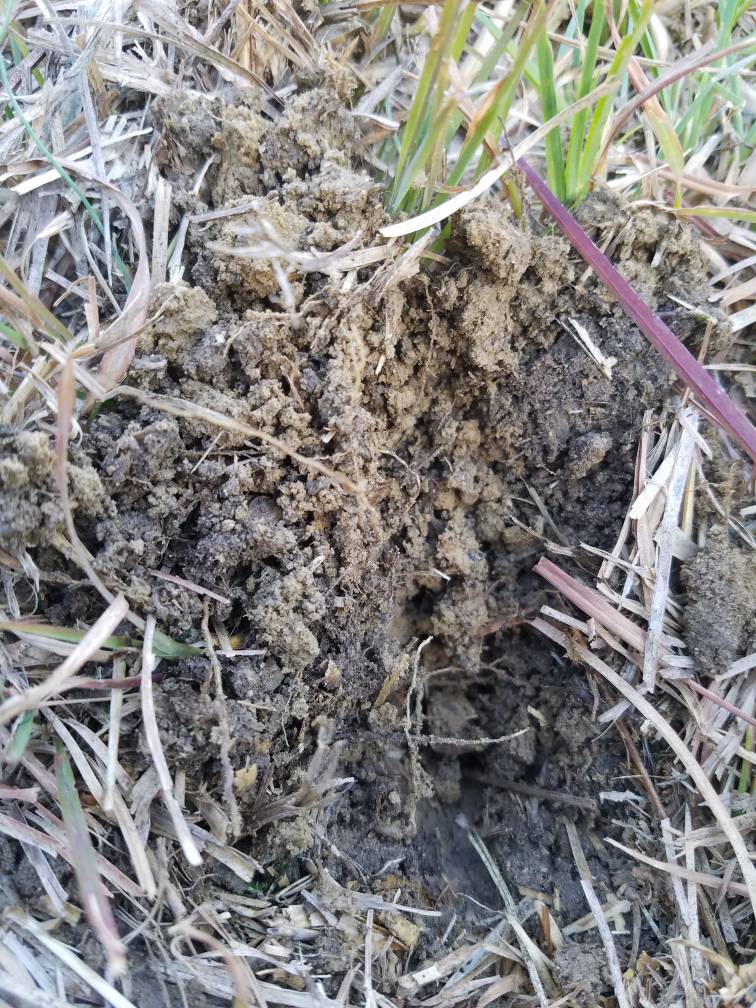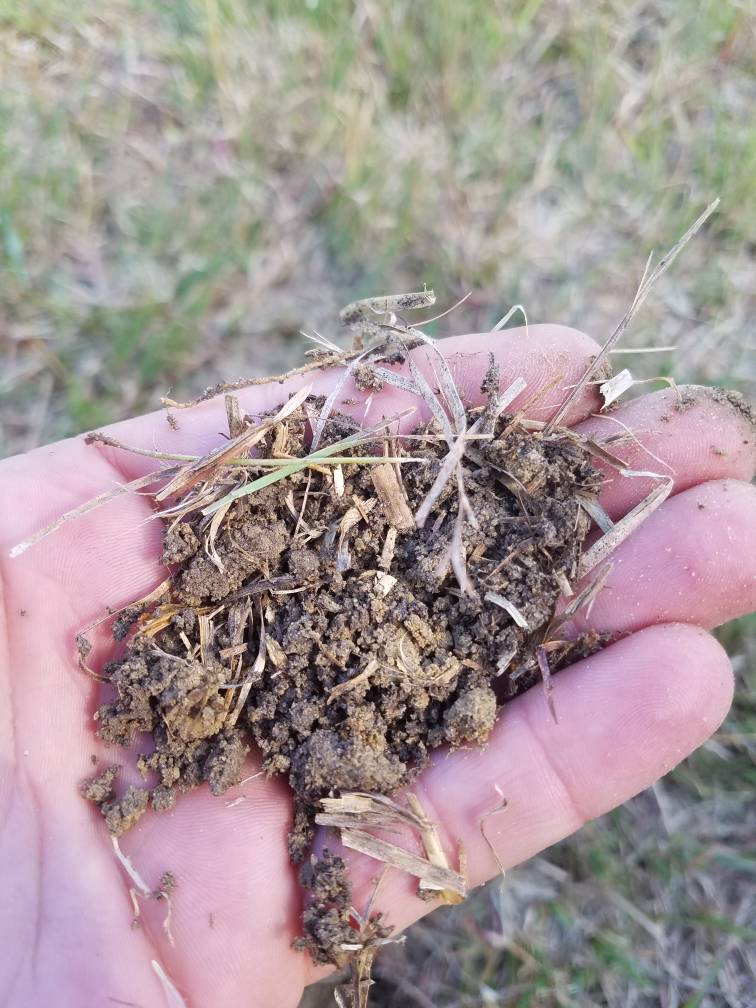pinetag
Well-Known Member
So as I prepared to hike in the woods for my afternoon sit, I thought I'd dig down in the hay field a bit to see what the soil looks like. What do you guys think? I know soil test will give the true results but just looking at it, appears there is lots of OM and good moisture retention. Hopefully this place will be mine in a couple months and I can do what I want with it. Soil test, food plots, hinge cuts, etc.



Sent from my SM-G930V using Tapatalk



Sent from my SM-G930V using Tapatalk
